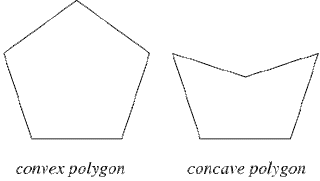Inter quartile range is the variability measure by dividing an ordered dataset into three quartiles. It is used in the calculations of statistics instead of total ranges. Interquartile Range (IQR) is also sometimes called as the middle-fifty or midspread which measures the statistical dispersion of data.
Definition of Interquartile range
When a given set of data is divided into three quartiles based on median of those values, which will be discussed later, IQR can be defined. IQR is defined as the difference of the third or upper quartile (seventy fifth percentile) to the first or lower quartile (twenty fifth percentile) of the data in an ordered range. Half of this range of value is termed as semi-inter quartile range. The Statistics interquartile range is used to summarize the extension of data which is spread. This is considered as more effective than the median or mode values since it shows the range of dispersion rather than a single value.
Steps to Calculate the Interquartile range
Let us consider a dataset having 9 numbers 19, 20, 4, 9,8,11,15,10,12 and calculate the inter quartile range for that.
Step 1: Arrange the given set of data from smallest to largest number. Therefore the order changes to 4,8,9,10,11,12,15,19,20.
Step 2: Find the median of the series. Median is the exact middle number of a series, if the total numbers are odd. If the total number in the set is even, then the average of two middle numbers will be the median. In the above case since total numbers 9 is odd, the 5th data will be the median, which is 11.
Step 3: Now we have to find the Q1 from left side numbers of the median and Q3 from the right side numbers of the median. From the left side 4 numbers we will get the median as (8+9)/2=8.5, which is Q1. From the right side numbers we will get the median as (15+19)/2=17, which is Q3.
Step 4: Now, the formula for finding interquartile range is, IQR = Q3-Q1. Therefore we get the IQR as 17-8.5=8.5. Thus 8.5 is the Inter quartile range of the given series.
Thus the separation of quartile decides the value of the IQR and one should be keen on calculating the quartile values.
Alternative definition IQR can also be defined as the distance between the smallest and largest values which are present in the middle 50 percent of the dataset. Consider a dataset having numbers 1, 3, 4,5,5,6,7,11. After neglecting the upper and lower quartiles of the dataset, we get the remaining middle numbers as 4,5,5,6. Hence from this the IQR can be calculated as 6-4=2.








